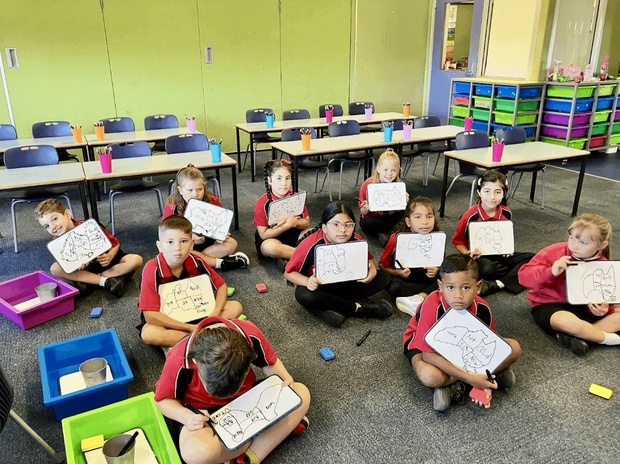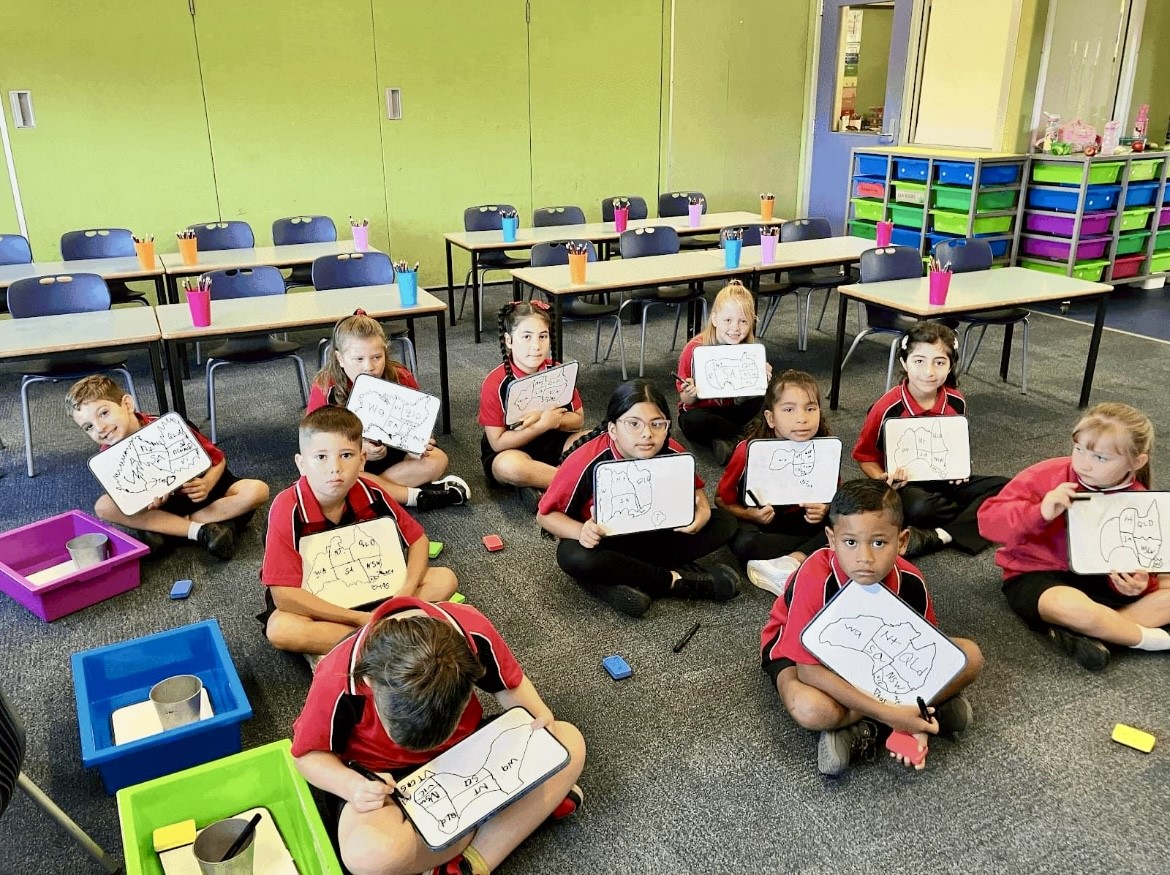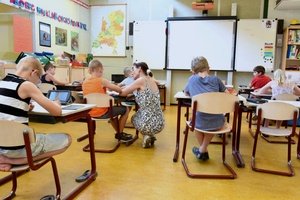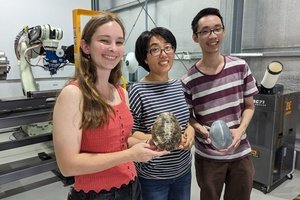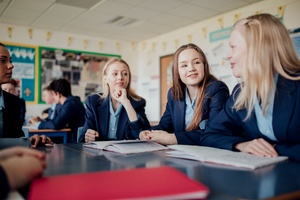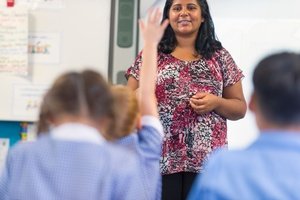When Rebeka Schroder first took over as relieving principal at the small NSW school in 2017, behavioural problems were rife.
“We were in a really awkward situation where we had a lot of children outside of classes, there were really high rates of physical incidents that took place between students, and at times towards staff as well,” she recalls.
Looking at the data on suspensions and the pattern of ‘repeat offenders’ was sobering at the time, the leader suggests, as was recognising there was ‘really minimum growth and change’ for these at-risk children.
Sweeping behavioural change was needed – and Schroder decided to dive straight in.
“We started off with looking at learning transitions and learning routines through a behaviour lens, I suppose, and really diving deep into the whole school processes (there) at a really granular level, as far as ‘what does that look like in practice, not just on paper through flowcharts’,” she recalls.
Employing the expertise of behaviour consultant Ian Luscombe, Schroder and her staff put in place a raft of processes and supports built into the school day, designed to help students self-regulate and shift from play to learning mode seamlessly.
“[We wanted to] move away from relying on individual people holding the knowledge and the power, and being able to really embed and create those systems in the culture of the school. So, that took a bit of time,” the principal says.
“Because we didn’t have a backbone that was consistent across the school prior to that – it was a little bit of case-by-case, everyone was trying to do their best, but not having a really strong system that was reliable, that was consistent [and backed up by documentation, too].”
Now, from the moment students enter Kemblawarra, a predictable and well-oiled set of routines await.
There is a process for everything, Schroder explains, from entering and exiting the classroom, to structured play during breaks, to how students move around the school.
Nothing is left to chance, she says.
“Now in each one of those transition points, we have a blue mat where all the students line up … the theory behind it is that it supports regulation, and we also use music psychology for that.
“There’s one particular song that’s always used and it’s the Fight Song.
“It follows a pitch and rhythm to help tap into the brain, and create that regulation trigger cue to signal to students that ‘it’s time to line up, you need to get prepared, it’s time to go back in the classroom, we’re going to filter back into learning routines’,” Schroder explains.
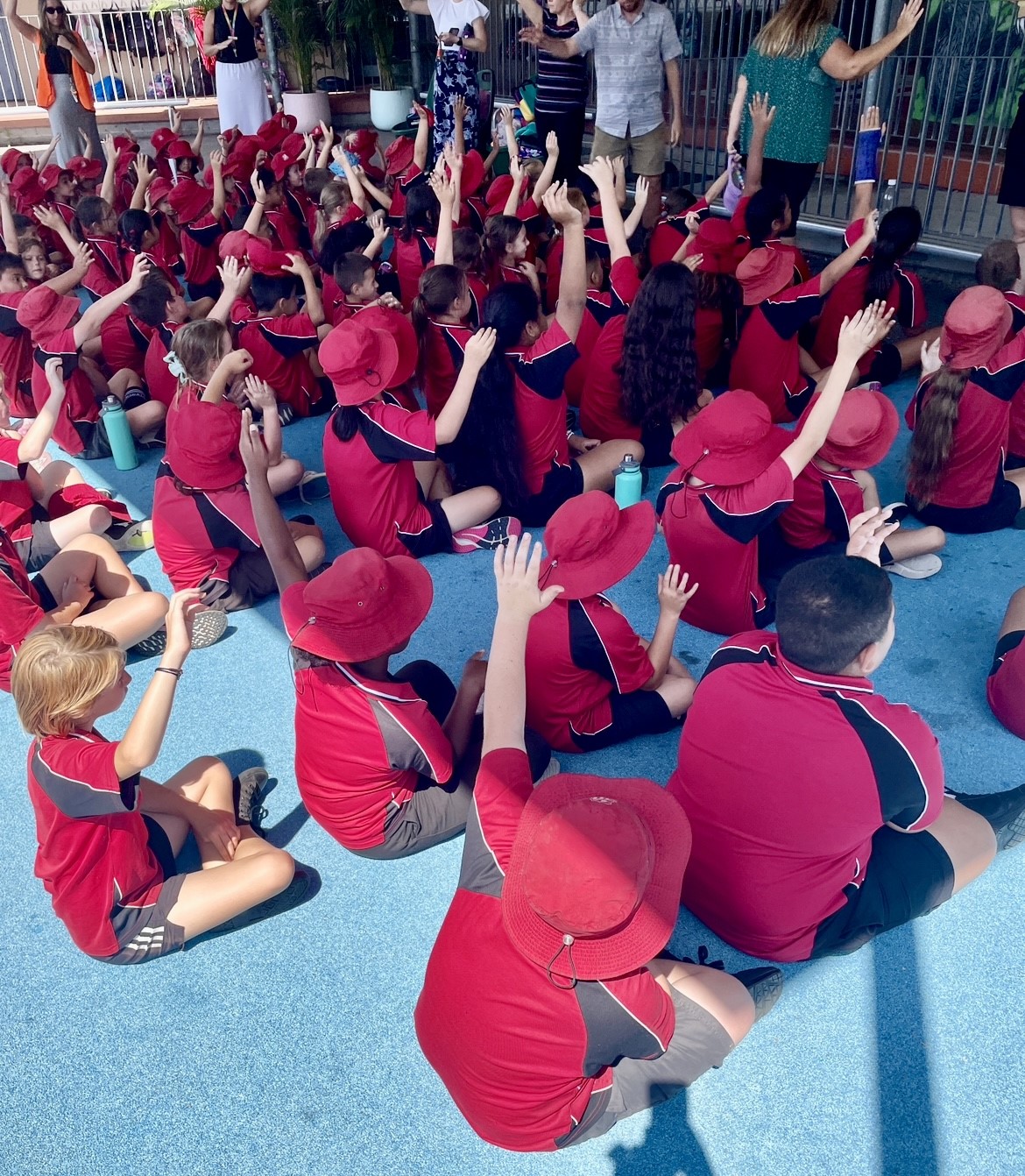
Students gather on a blue mat to support their emotional regulation before class.
Children also walk briskly in two straight lines around campus, leaving little scope for laggers to dawdle or for disruptive behaviour to erupt.
“We keep kids engaged even in that transition time, so there’s not enough time for them to start agitating each other.
“And then as they move off into their classrooms, there’s consistent expectations as soon as [they enter],” Schroder says.
A 60-second ‘door to floor’ routine follows, with students expected to have their hands in their laps and eyes tracking the teacher within a minute of crossing the threshold.
Kemblawarra caters to a high number of autistic students and some of the most challenging and vulnerable children in the community.
Many more are undiagnosed, Schroder says, but the routines have been “a game changer” for all, not just those in need of extra support.
As for the school’s broader approach to behaviour management, a focus on restorative and trauma-informed practices – combined with the use of a ‘wellbeing thermometer’ tool – have proven impactful, the leader says.
“So, really working around consequences, not punishment, through the decisions and the initiatives that we draw from, and then upskilling with professional learning [for] our teachers so that they hold that understanding.”
Yet Tom Bennett, the British Government’s ‘behaviour tsar’, who last year outlined a case for Australia to adopt a stand-alone behaviour curriculum, has taken aim at the use of restorative approaches in schools.
Bennett contends that relying on these as the only means of rectifying challenging school cultures “almost guarantees a future crisis of misbehaviour and danger”.
He argues restorative approaches are only useful when students are capable of remorse and understanding consequences, and can learn what they did was wrong, and not for those who won’t take responsibility.
But looking back on her school’s improvement journey, Schroder says when used in conjunction with a knowledge-rich and tightly sequenced curriculum, restorative practices have helped to boost student wellbeing and learning outcomes across the board.
“The learning routines work in service to behaviour management, and so we’re taking it to the next level now, where we’ve migrated into a really strong focus around curriculum, while maintaining and not seeing slippage in the wellbeing area…
“They’re working in unison with each other now, which is really nice,” she says.

To minimise disruptions, children transition quickly around the school in two lines.
Recently, Schroder has grappled with the realisation of just how much has changed for the better at Kemblawarra.
In 2016, then a relief teacher at the school, the educator was speaking with a colleague about some of the challenges at hand.
“I remember saying … ‘wouldn’t it be great to say, I would bring my child to this school’.
“Because at that point in time, it was highly unlikely that any of our teachers, myself included, would feel happy about bringing [our children] into the environment that we [had at the time].
“So that was obviously a very personal motivator for me.”
Happily, the current reality could not be more different, Schroder says.
“It is a team approach – everyone has to be on the bus,” she says.
“But the team has made it to a point where I'm quite happy to put my name to the school, to put my children in the school.
“And I’m able to see as a parent, the output of that learning from my own kids, and obviously, the cohort of kids that are coming through.”
Don’t miss an upcoming article which will unpack the changes to teacher instruction and curriculum that have also shifted Kemblawarra Public School’s trajectory.

